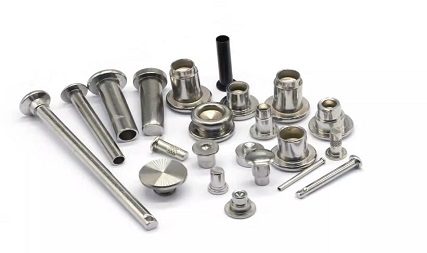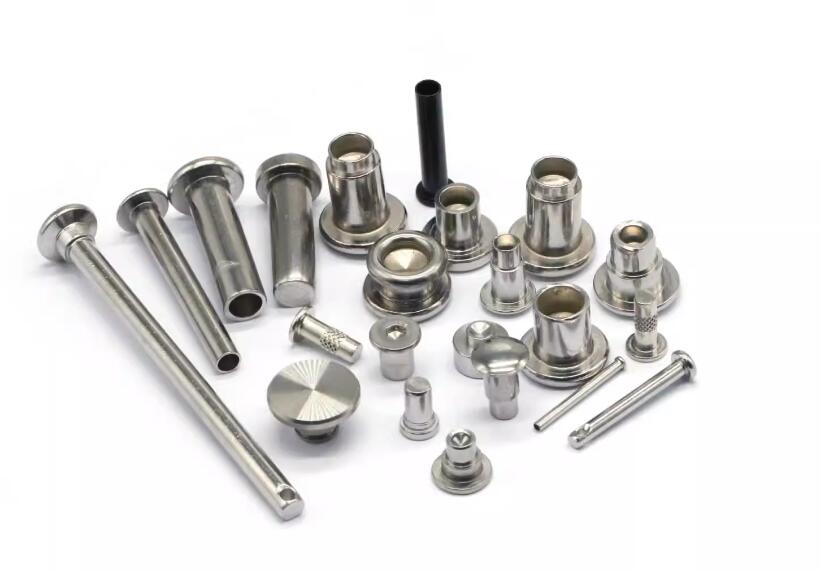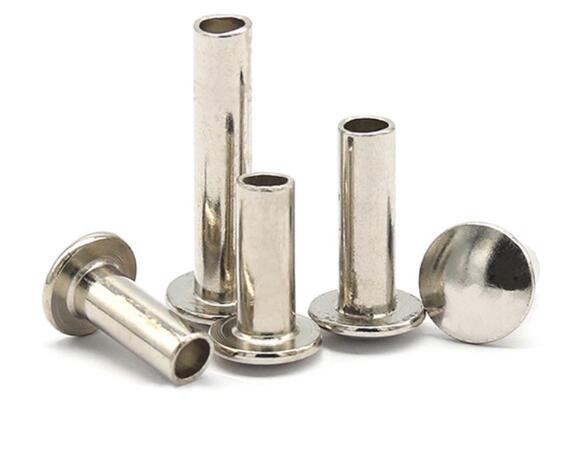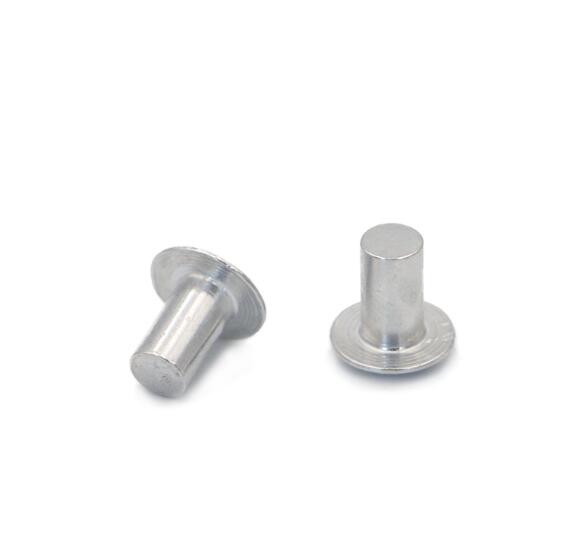I. Introduction
Rivets: small but mighty, these fasteners play an instrumental role in uniting different elements. From the frames of aircraft to the construction of bridges, rivets secure structures in place, ensuring durability and robustness. The fascinating world of rivets offers a variety of classifications, each with its unique attributes and suitable applications. This article dives deep into the realm of rivets, their function, drawbacks, material selections, and, importantly, the distinct types of rivets used in manufacturing.
Rivets are renowned for their capacity to fasten diverse elements together securely. With their simple yet effective design, they have been instrumental in the development of numerous innovations. Without them, we would lack many of the sturdy structures and mechanical advancements that we now take for granted.
Differing in structure, material, and application, the types of rivets offer a fascinating insight into the world of fasteners. From solid rivets that ensure an airtight seal in aircraft construction, to blind rivets that are utilized for their ease of installation in inaccessible areas, the classification and specific use of rivets is vast and diverse. Each rivet type has been engineered to address unique challenges, making them irreplaceable in certain applications.
Stay tuned as we embark on an exploratory journey into the intricate and robust world of rivets, highlighting their role, limitations, and extensive applications. We’ll answer common questions surrounding rivets and offer insights into the decision-making process when it comes to selecting the right rivet for the task at hand.











